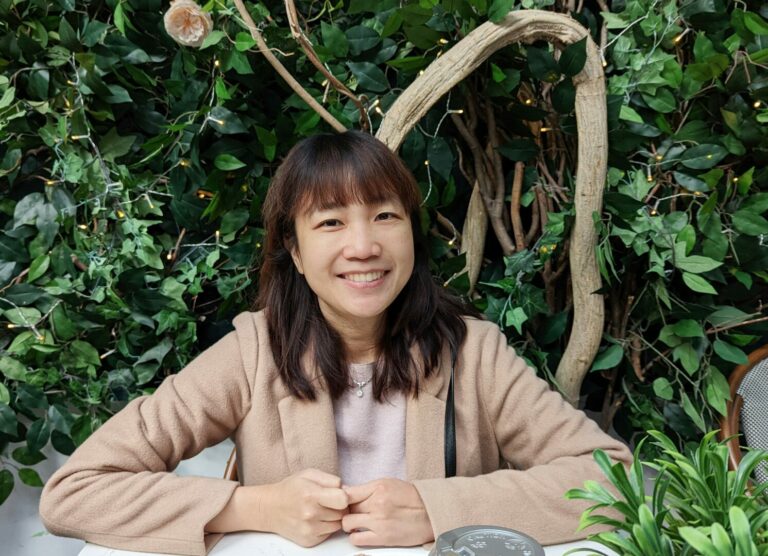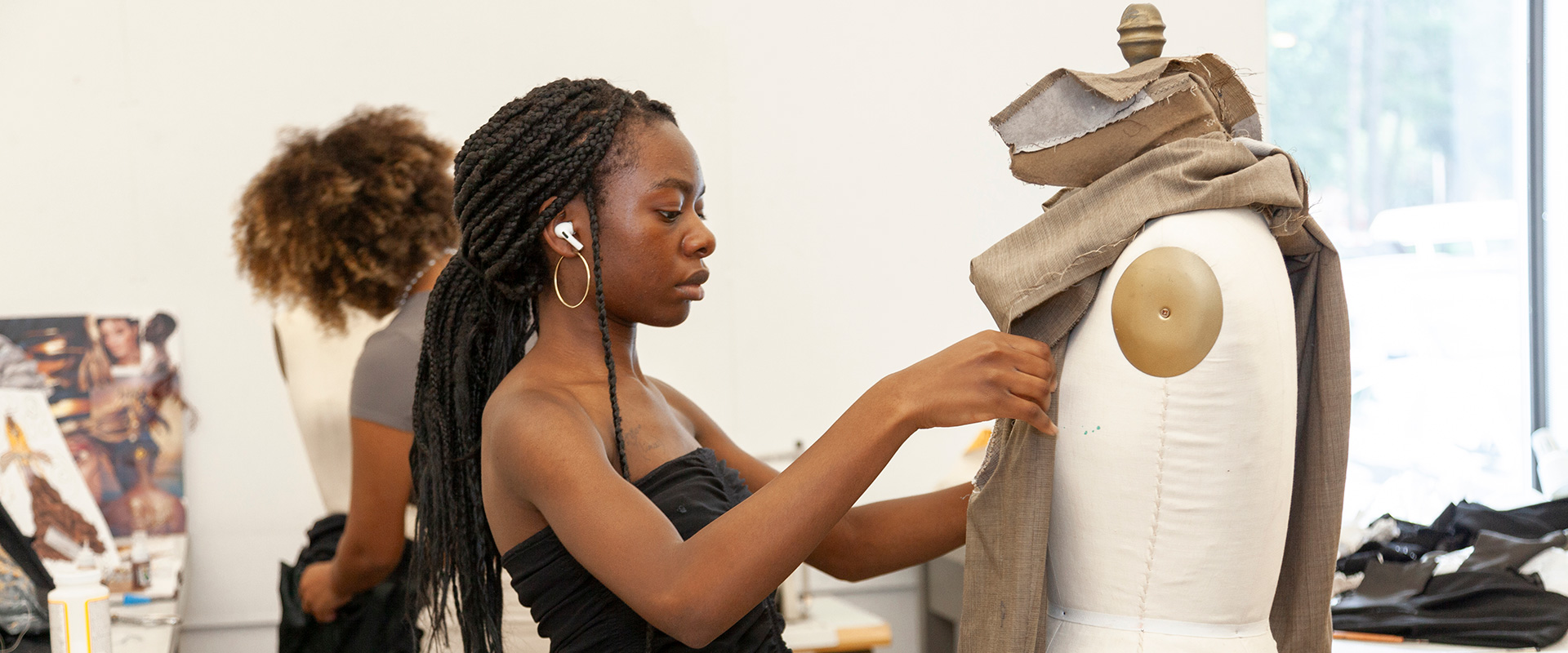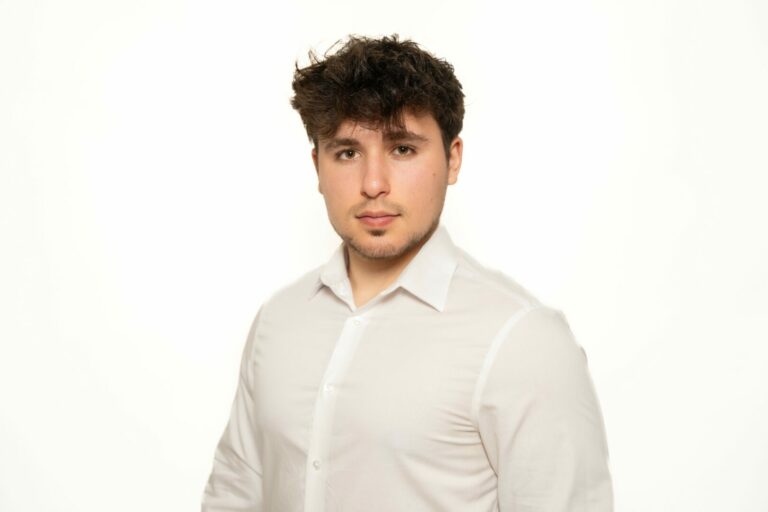Alright – so today we’ve got the honor of introducing you to Sid Katragadda. We think you’ll enjoy our conversation, we’ve shared it below.
Hi Sid , really happy you were able to join us today and we’re looking forward to sharing your story and insights with our readers. Let’s start with the heart of it all – purpose. How did you find your purpose?
I discovered my purpose in life through Art. As a multidisciplinary artist and an engineer, my life has often felt like a balancing act between diverse realms of creativity and technology. Juggling multiple crafts can sometimes feel disorienting, but it aligns perfectly with my personality. I have an insatiable urge to keep learning, whether it’s through artistic challenges or the intersection of art and innovation that life throws my way.
I entered the world of art at a young age, always painting and doodling as a child. One of the earliest influences in my artistic journey was a book on Russian realist painters that was gifted to me. This sparked my initial interest in representational art, but over time, I found myself drawn to the bold, boundless world of Abstract art. It wasn’t until 2008 that I began to seriously exhibit and sell my work. Between 2008 and 2015, I had a highly productive phase, selling over fifty paintings from my “Dark Indian Women” series to private collectors around the world. These paintings became my signature, an exploration of cultural identity through abstraction and vivid color.
While I was fully immersed in the visual arts, I also nurtured my passion for writing. Fiction came naturally to me, and I published two novels-in-verse, both of which won the San Diego Book Awards in poetry. My second prose novel also became a runner-up for the prestigious Red Hen Fiction Award. Writing had always been a part of my life, beginning with comic strips and short stories in my youth, before expanding into larger, more complex works.
Filmmaking, however, was the last artistic frontier I ventured into. I wrote and directed my first student feature film during a vacation to India, completing the entire production in just two weeks. Since then, I’ve made several short films that have been well-received in the festival circuit, earning a few awards along the way. My approach to screenwriting, much like my writing process, has been largely self-taught. I learned by watching and reading the work of other writers, absorbing their techniques, and adapting them to my own voice.
Ultimately, my learning process across art, writing, and filmmaking has been one of constant exploration and experimentation. I’m a firm believer in self-learning—observing the work of other artists, experimenting with new ideas, and pushing myself to evolve. Whether through the brush, the pen, or the camera, I approach each medium as a new challenge, driven by the same fundamental desire to create and communicate
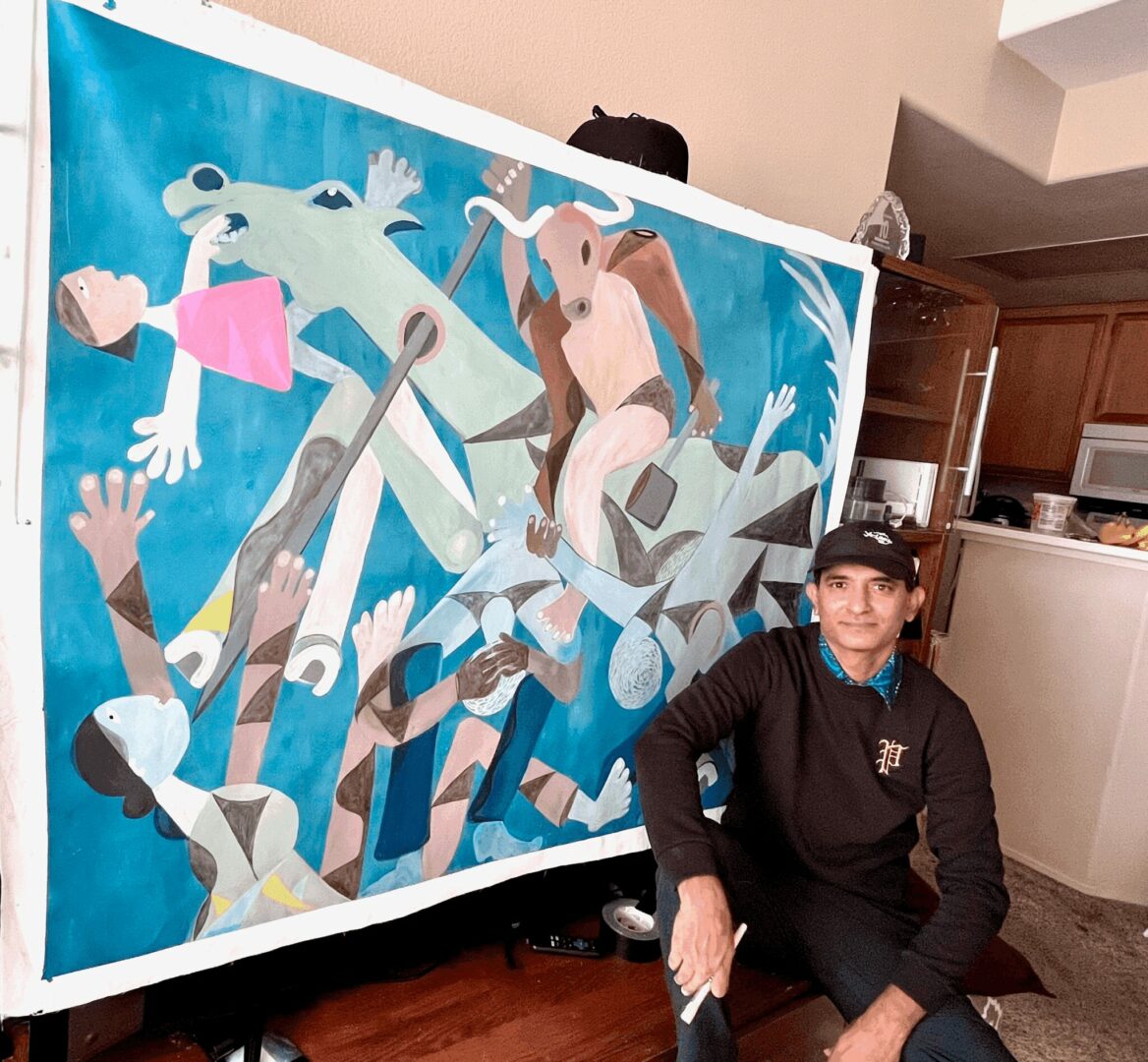
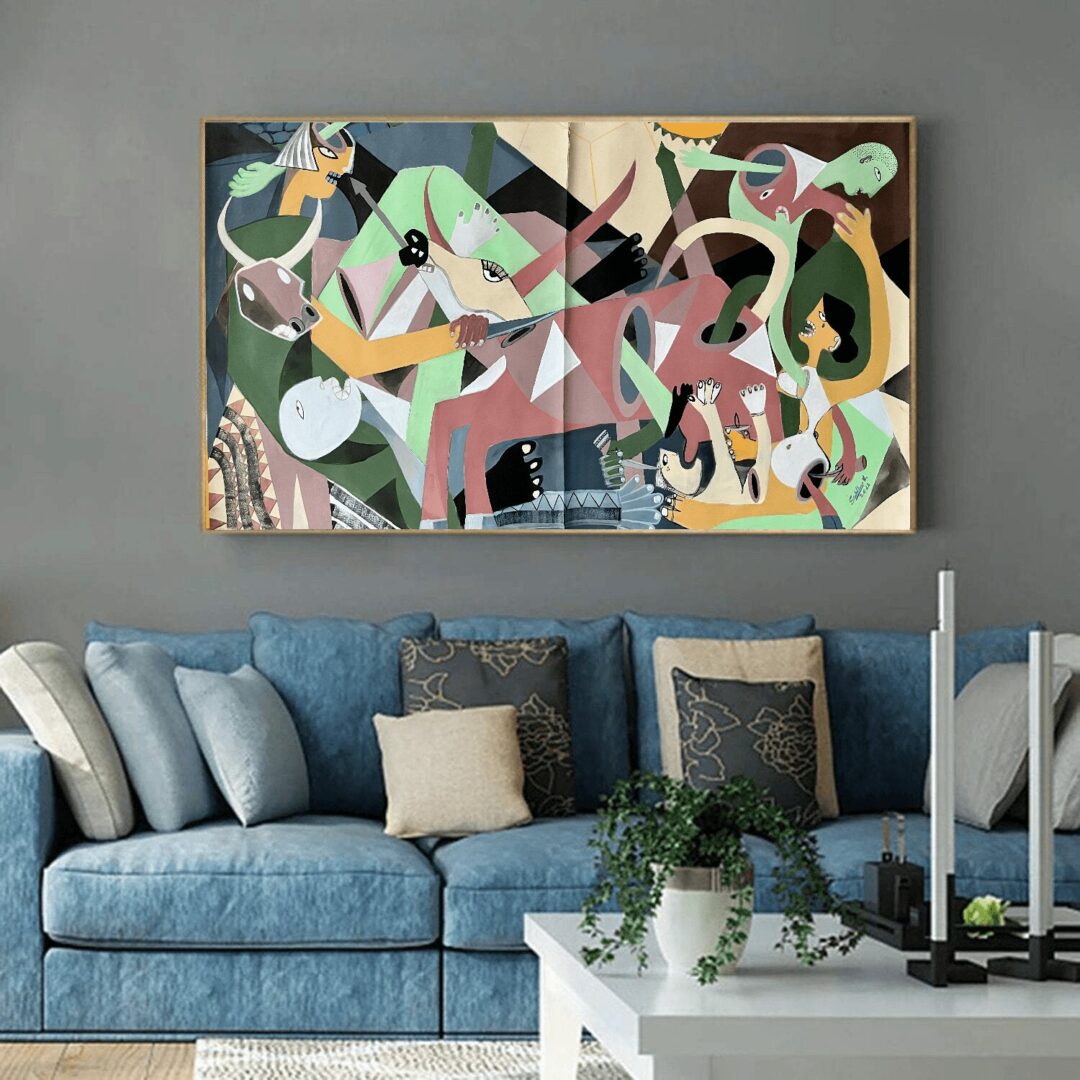
Thanks for sharing that. So, before we get any further into our conversation, can you tell our readers a bit about yourself and what you’re working on?
I’m Sid Katragadda, an Indian-American artist whose work blends vibrant colors and surreal, dreamlike imagery with deep emotional and philosophical themes. My art often explores identity, spirituality, and the human condition, as I strive to offer a distinctive voice in contemporary art and literature. I began painting when I was about five years old, but it wasn’t until 2008 that I started exhibiting and selling my work. From 2008 to 2015, I focused on my “Dark Indian Women” series—an abstract exploration of form and emotion—and sold nearly 50 paintings to private collectors around the world.
In 2015, I took a break from painting to focus more deeply on filmmaking and writing. But I returned to the canvas in 2022 with renewed passion, creating a series of 12 Western paintings in a style I call Holeism, centered around humanitarian issues. I also revisited my Indian abstract women, which led to the emergence of my new Timism style.
In addition to painting, I’ve always been drawn to storytelling—through poetry, prose, and film. My multidisciplinary approach allows me to weave together visual art and narrative, emotion and thought, into pieces that speak to a broad and diverse audience.
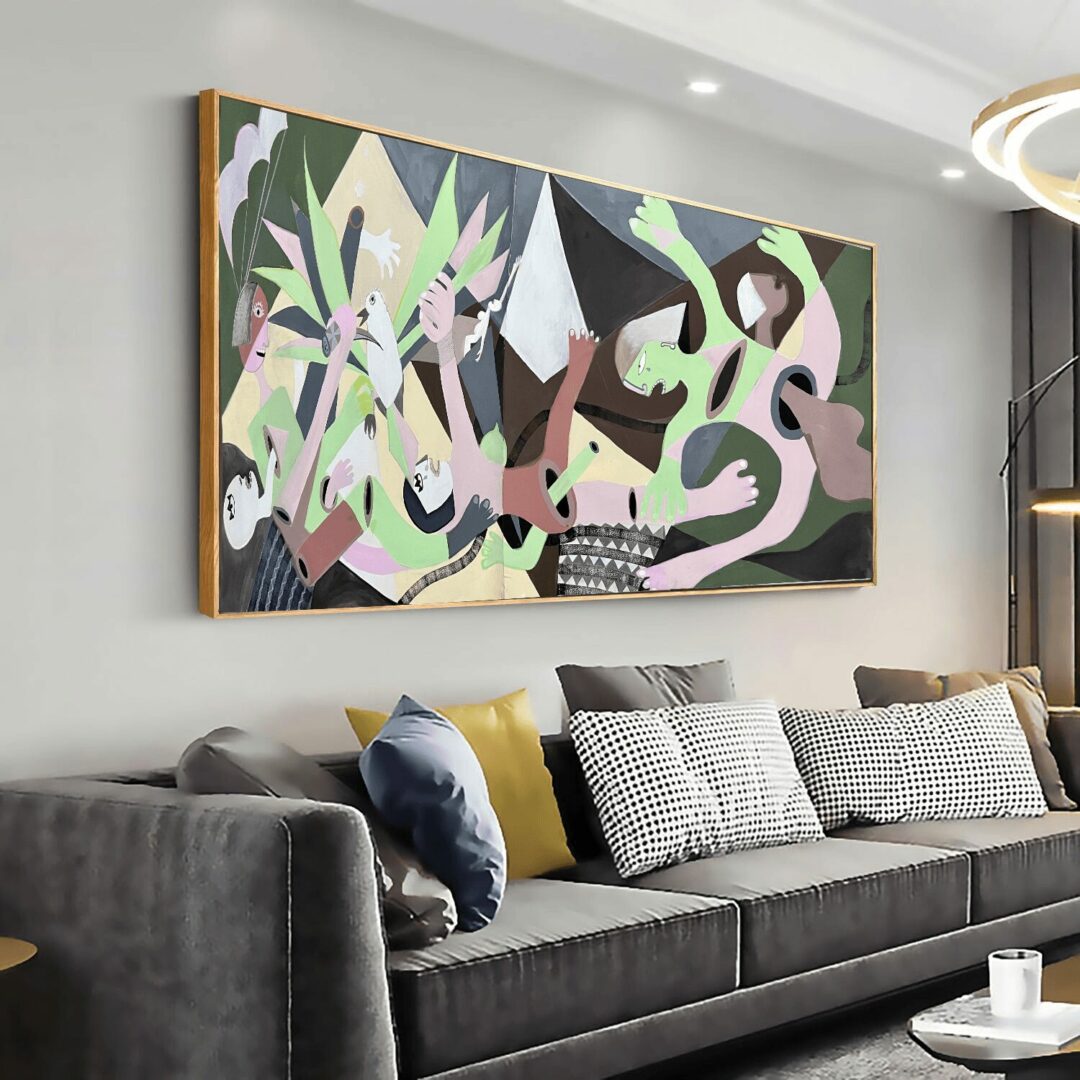
There is so much advice out there about all the different skills and qualities folks need to develop in order to succeed in today’s highly competitive environment and often it can feel overwhelming. So, if we had to break it down to just the three that matter most, which three skills or qualities would you focus on?
1. Master Time Management: The Invisible Art
Time is your most precious resource—more valuable than talent, money, or even opportunity. Mastering it is the first step to mastery in anything else. In my own journey, balancing artistic creation with the demands of engineering taught me the silent strength of structure. Create a schedule, not to limit spontaneity, but to protect it. Time-block your day so you can carve out space for deep focus and creative play. Don’t wait for inspiration to strike—train it to show up during the hours you commit. Learn to respect deadlines like rituals, and use tools like journals, timers, or planning apps to hold yourself accountable. Remember: creative freedom is best sustained by discipline.
2. Explore the Full Capacity of Your Brain: Be a Renaissance Learner
Don’t put your mind in a cage. Your brain is designed to stretch, adapt, and surprise you—if only you let it. I’ve painted, engineered software, written poetry, made films, and photographed the world—and not by choosing one thing over another, but by weaving them together. The left brain sharpens logic, the right fuels imagination—but your fullest self emerges when both hemispheres are exercised daily.
Learn continuously. Learn art even if you’re an engineer. Learn coding even if you’re a poet. Never stop switching lanes. When one discipline exhausts you, move to another. Creativity thrives on contrast. Burnout happens when we stop moving. Embrace curiosity as a lifestyle—explore music, literature, nature, science, people. And don’t fear failure or rejection—it’s just feedback dressed as disappointment. Extract the lesson, and keep evolving.
3. Practice Sincerity and Self-Improvement: Grow With Grace
Raw talent can take you only so far. What sustains a meaningful journey is sincerity—the quiet decision to show up honestly, work humbly, and keep growing. Be honest about your flaws and gaps. Seek feedback not to defend, but to improve. Don’t confuse confidence with stubbornness. When someone critiques your work, listen. When you receive praise, stay grounded.
Every day, strive to become a better version of yourself than you were yesterday. It could be a brushstroke more refined, a sentence better crafted, a bug in your code fixed with elegance. Progress, not perfection, should be your mantra. And remember: sincerity isn’t about always being serious—it’s about being true to your purpose, and giving your best to whatever you create, be it a painting, a prototype, a film, or a poem.
These three principles—time mastery, cross-disciplinary learning, and heartfelt sincerity—can carry you far, not just in career, but in character. Cultivate them not as rules, but as daily habits, and watch your creative life unfold with clarity and fulfillment.
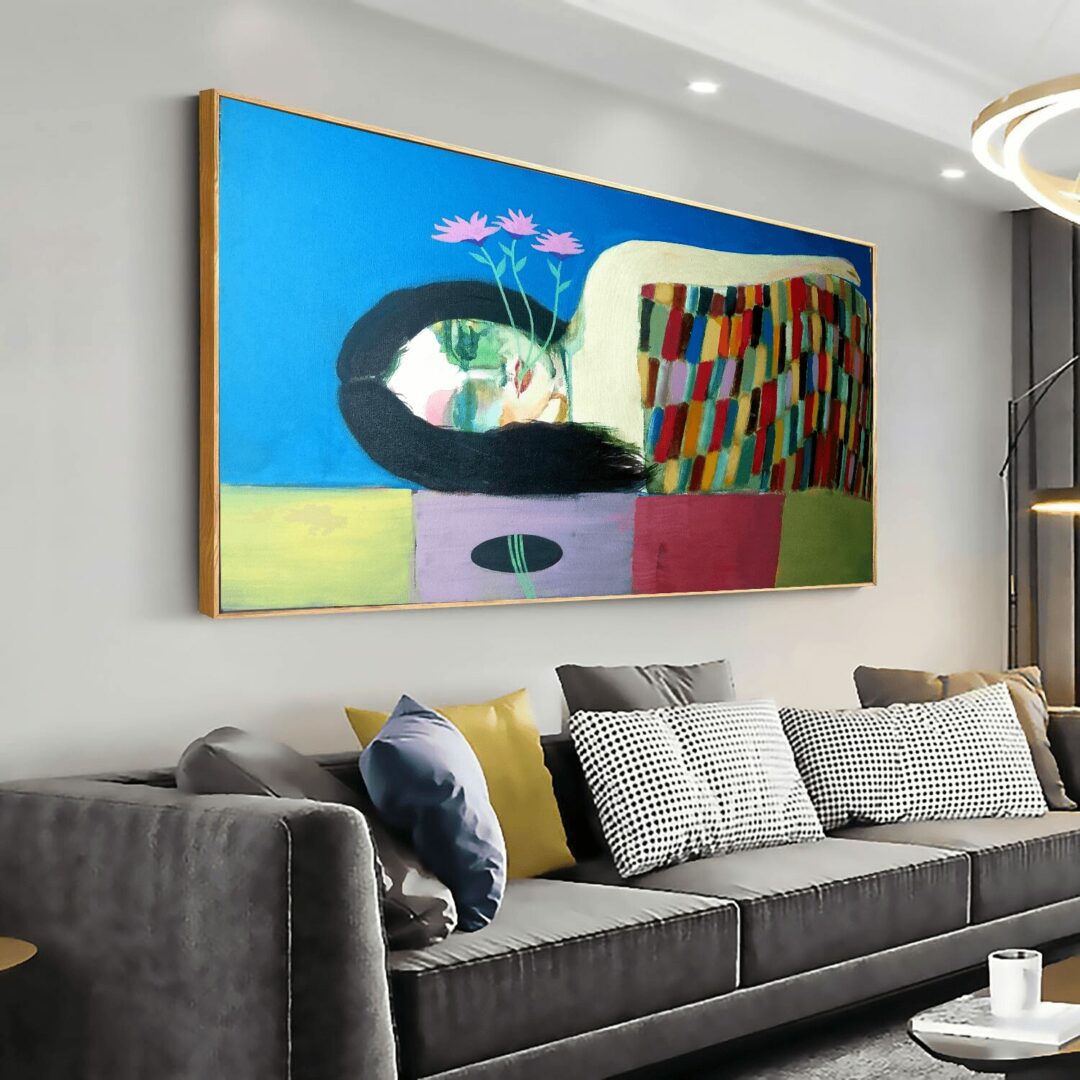
How would you spend the next decade if you somehow knew that it was your last?
If I had only one decade to live, I’d pour every remaining minute into reshaping the art world—creating bold new movements the way Picasso once did.
My art stands on three pillars: Meaning, Social Impact, and Innovation. I don’t paint to decorate walls; I paint to decorate minds. Every canvas carries a story—an urgent call for social change. I see each piece as a time capsule, sealing today’s struggles, hopes, and transformations for tomorrow’s eyes. A century from now, I want viewers to feel the pulse of our era through my work.
Innovation is my compass. Like Picasso, I believe every new series must push art forward—never repeating myself or echoing others. That conviction led me to found several fledgling movements:
Holeism – I carve literal or implied “holes” and conduits so one subject trespasses into another, creating a sense of permeability and shared space.
Timism – I trap the passage of time on a single canvas, letting multiple eras or fleeting moments coexist.
Soulism – I move beyond flesh, painting the essence of individuals rather than their outward forms.
Technism (Artech) – I fuse traditional technique with digital and engineering aesthetics, bridging art and technology.
Feminism – I portray culture through women because I believe a civilization’s true essence is revealed in how it shapes—and is shaped by—its women.
Through these styles, I’m not just making art; I’m pioneering new directions in visual expression, challenging viewers to rethink what a painting can be.
An Independent Critic on My Work
“Sid Katragadda’s art melds abstraction, symbolism, and narrative into a timeless dialogue on human emotion, spirituality, and social evolution. His mastery of color and form, cultural insight, and philosophical depth make every piece both accessible and thought-provoking. ‘Timism’ alone places him among visionary artists who bridge tradition and modernity, capturing the universal rhythm of past, present, and future.”
That review fuels my resolve: to keep pushing boundaries, telling stories that matter, and innovating until my very last brushstroke.
Contact Info:
- Website: https://www.sidartist.com
- Instagram: sidartistgalley
- Facebook: https://www.facebook.com/sidkgallery
- Other: https://www.instagram.com/sidindianart/
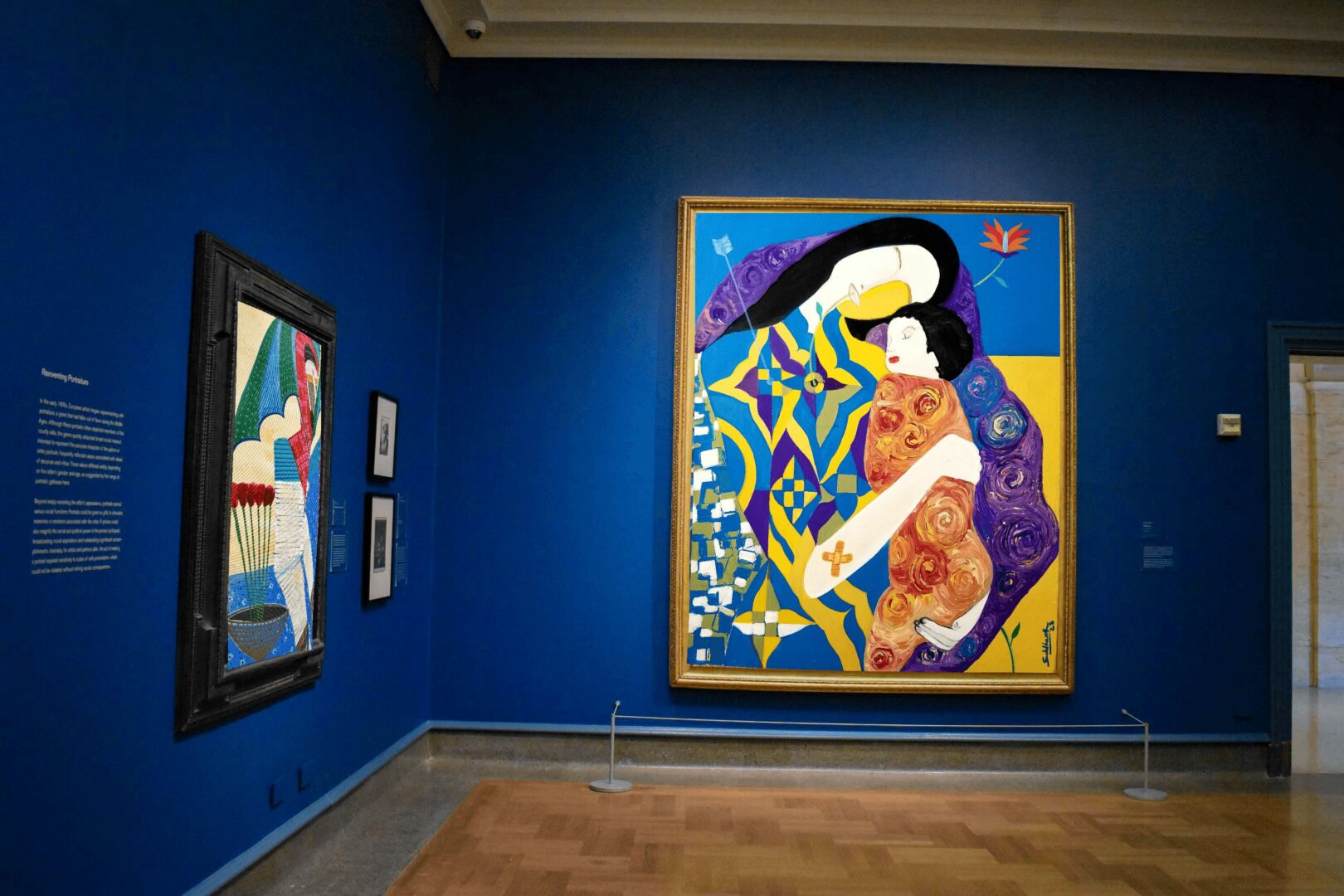
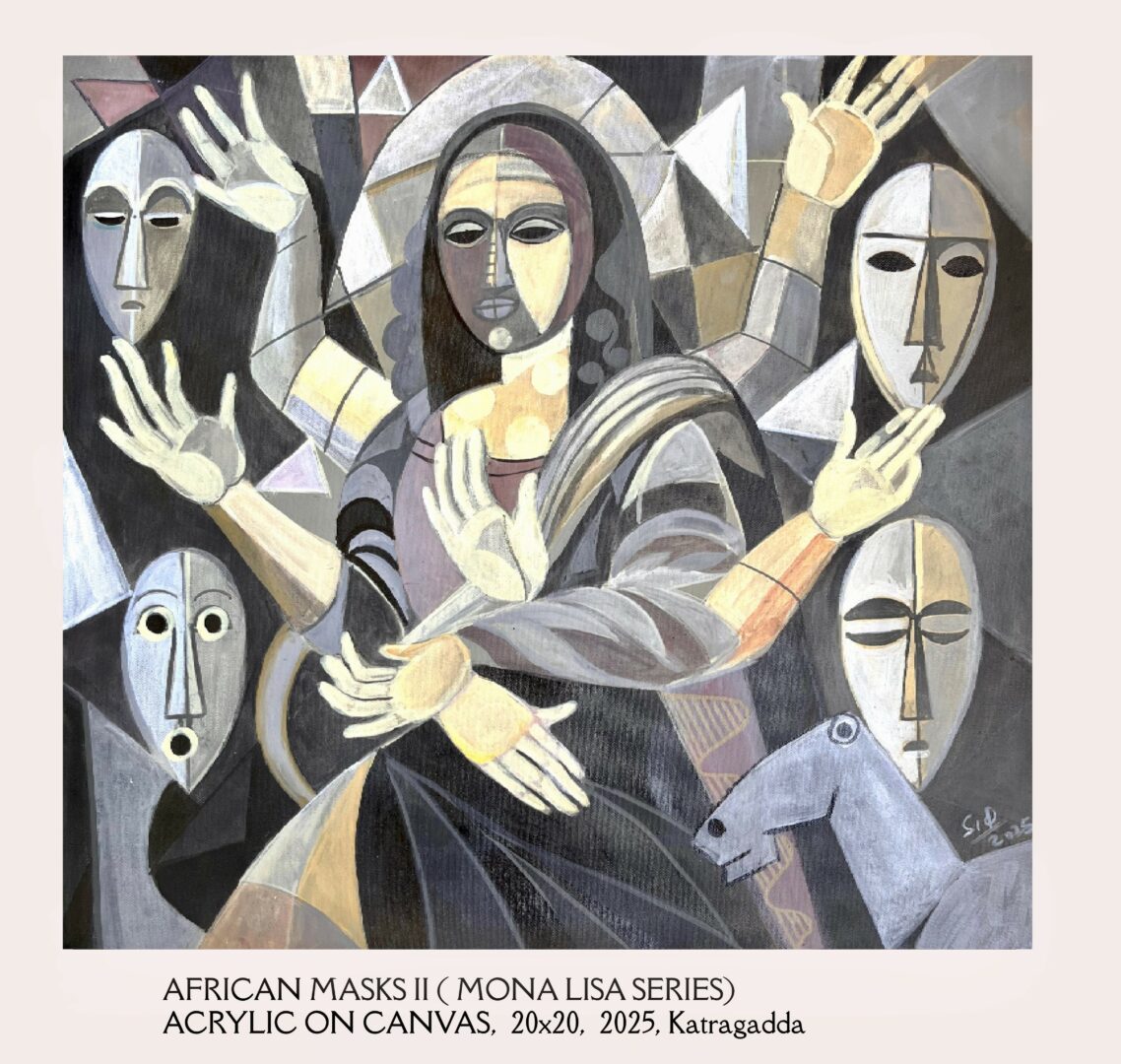
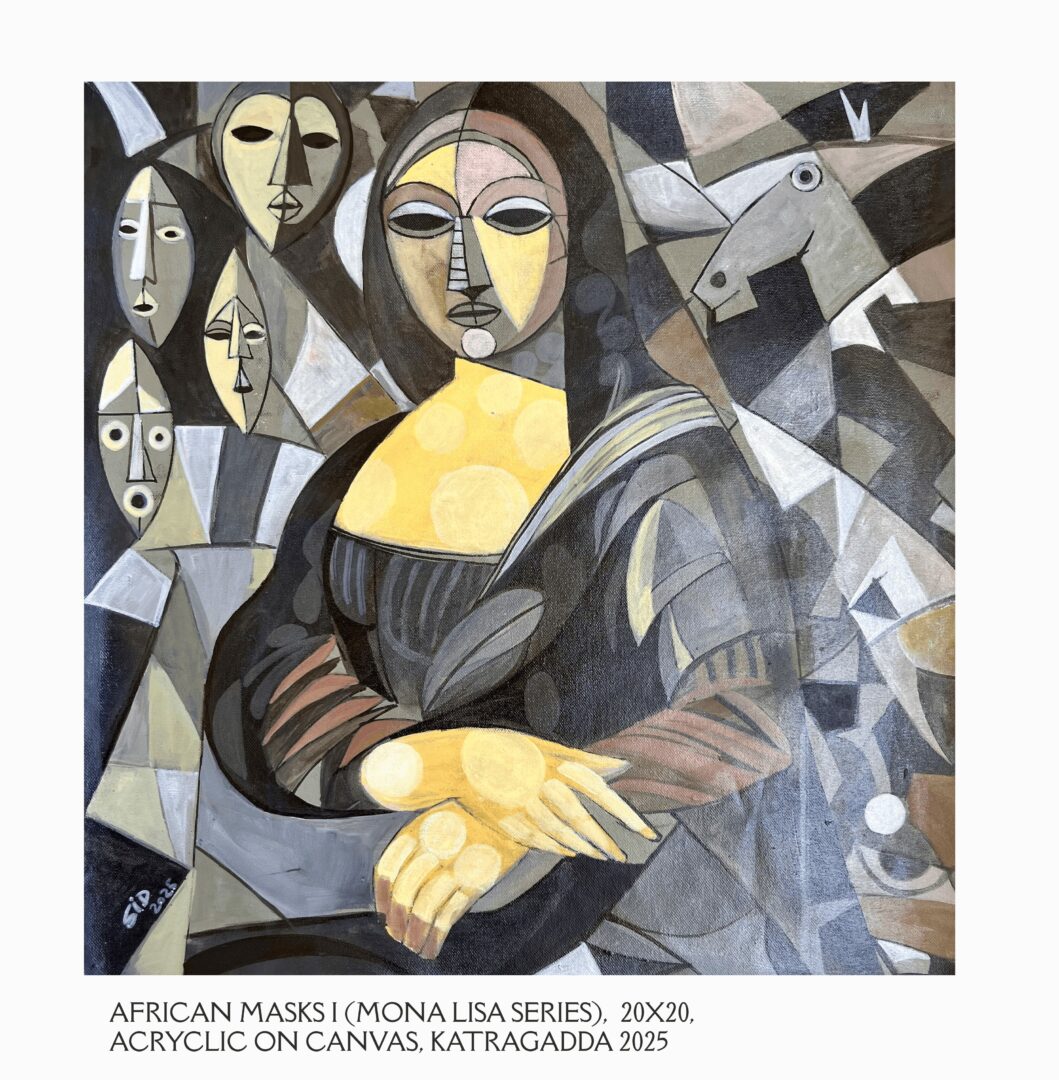
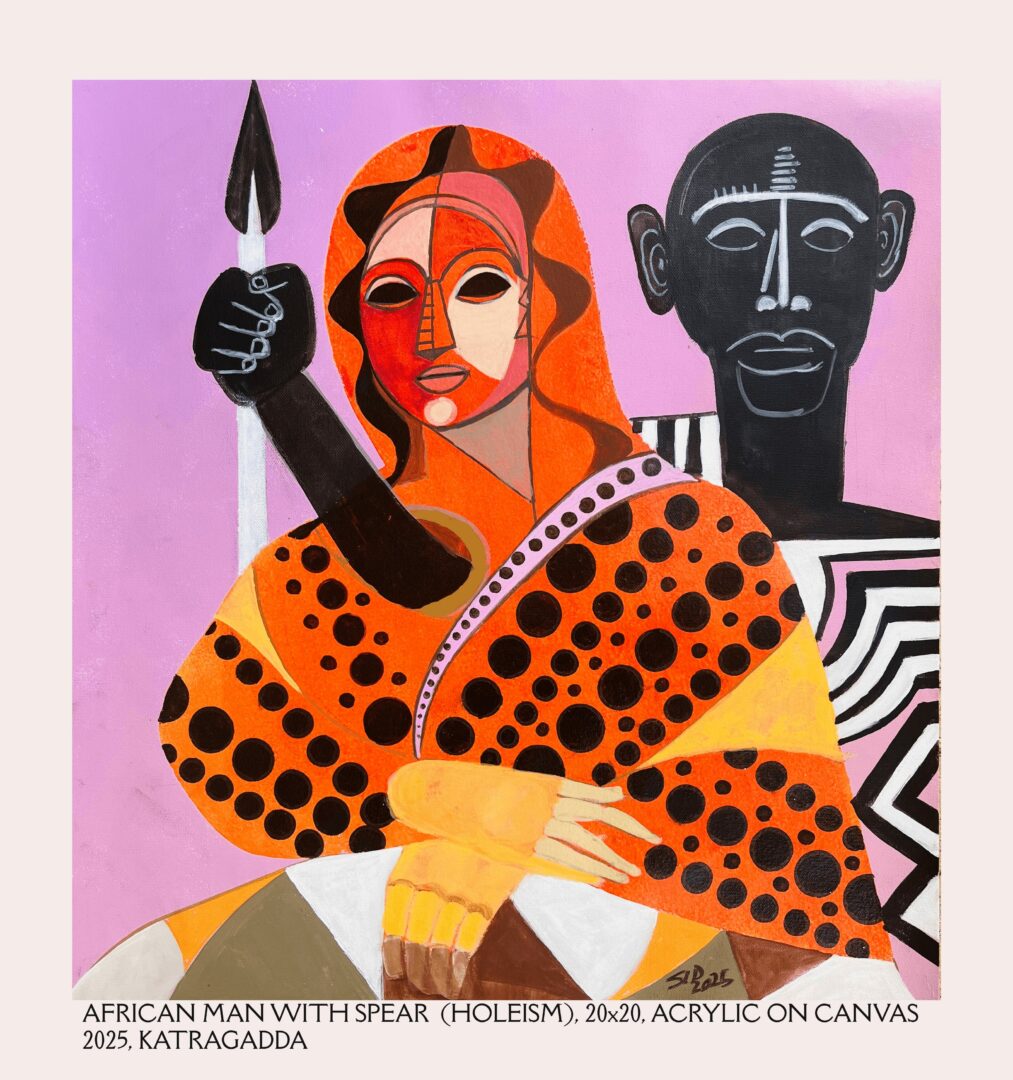
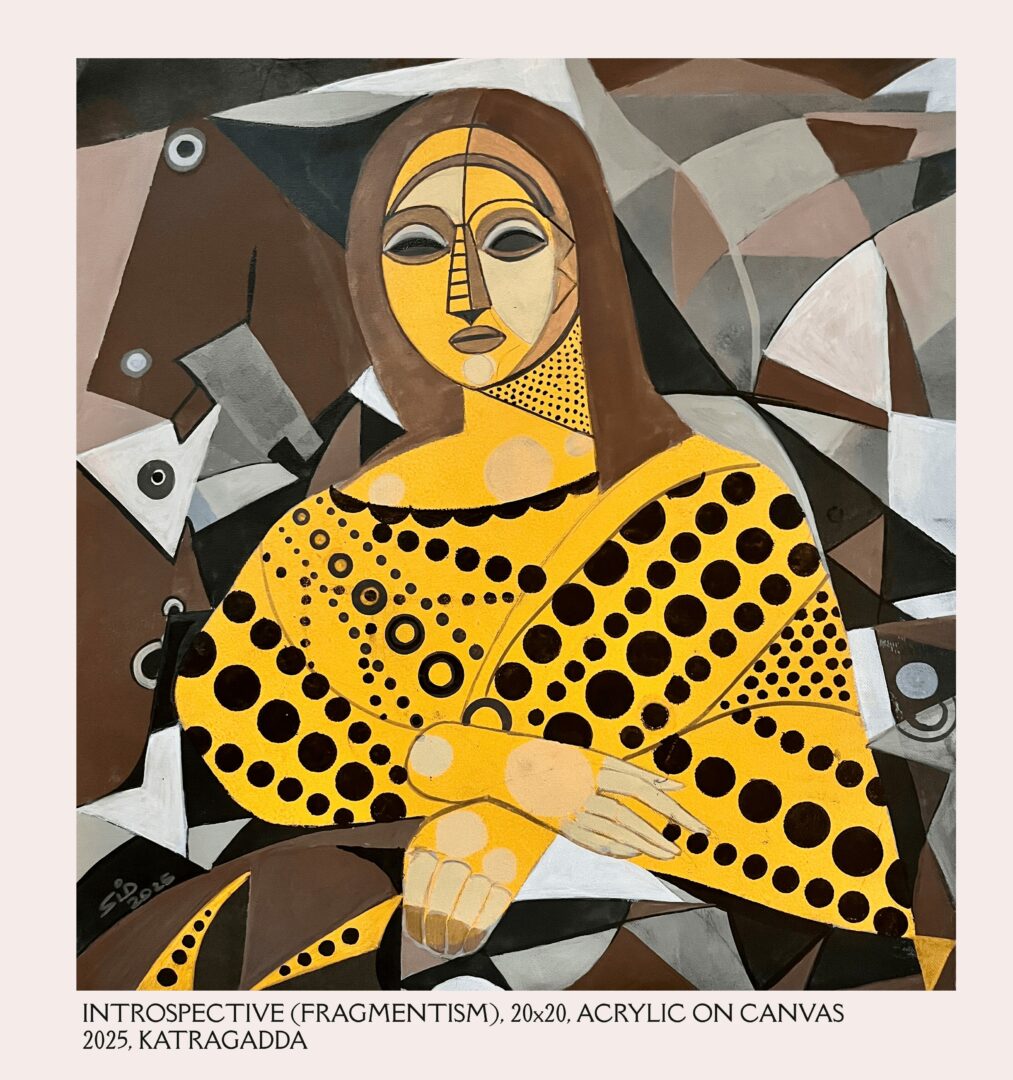
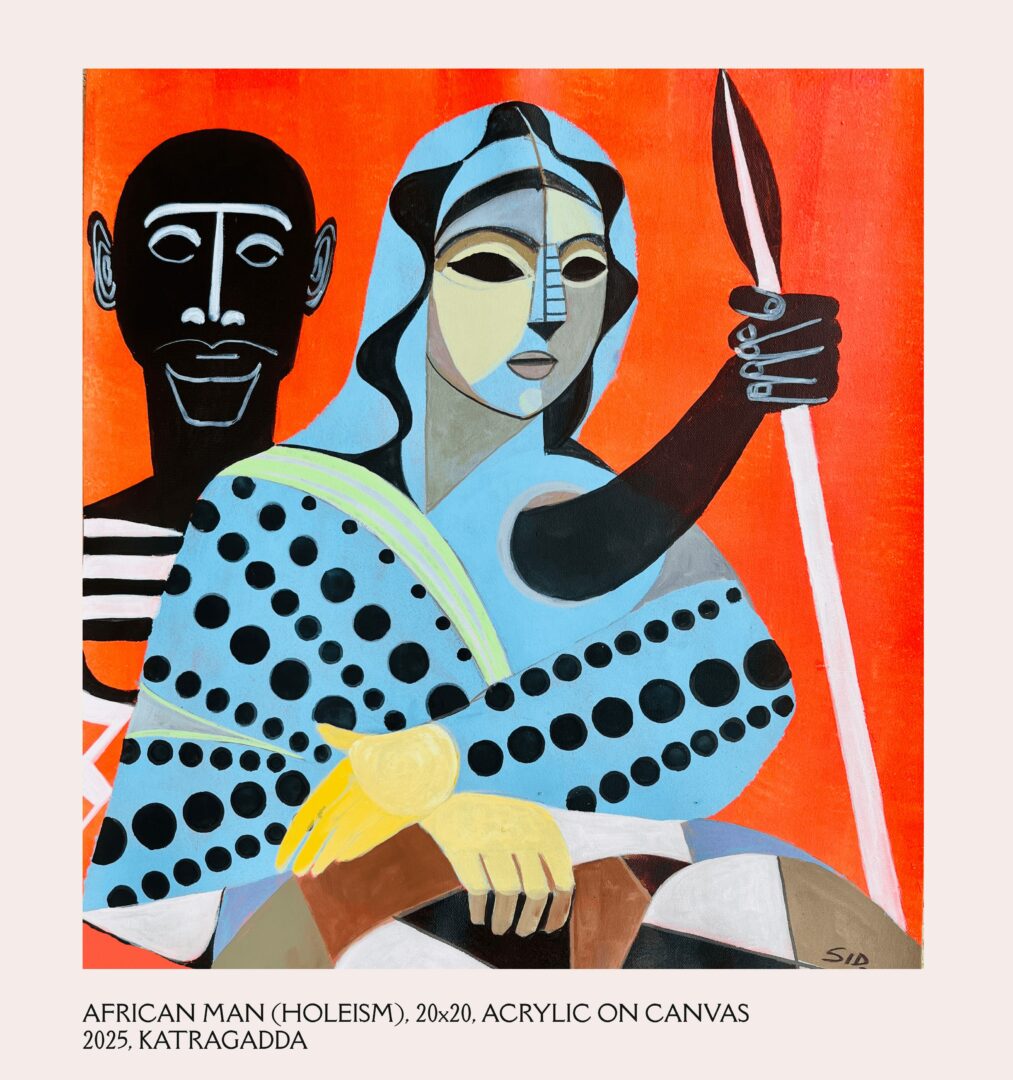
Image Credits
Sid Katragadda
so if you or someone you know deserves recognition please let us know here.


